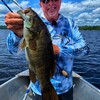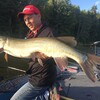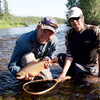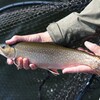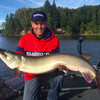
Vertizontal in Northern Ontario
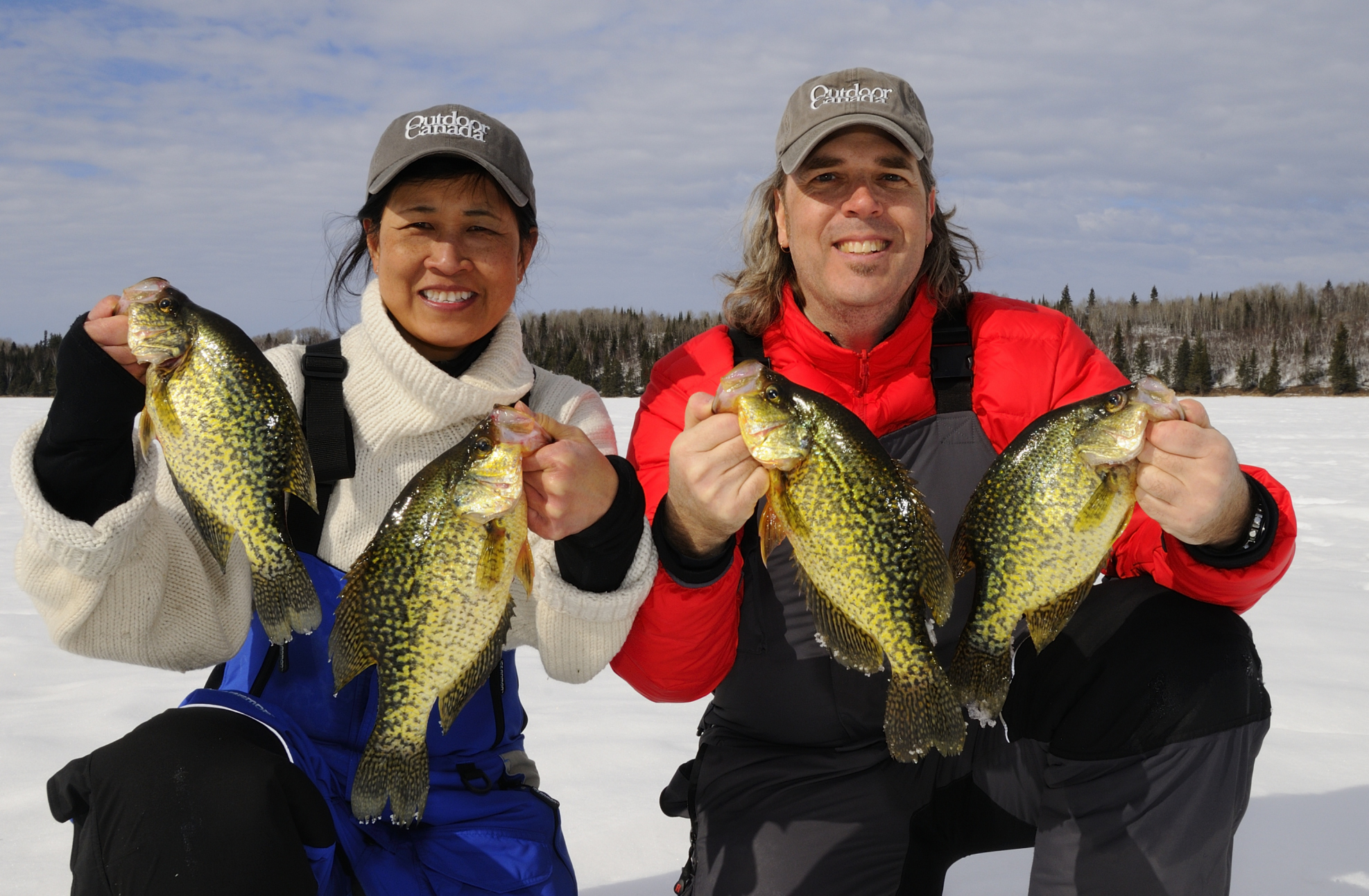
I stepped out onto a small Northwestern Ontario Sunset Country crappie lake last week and was pleasantly greeted by almost 10 inches of solid blue ice beneath my boots.
Talk about a stellar start to the ice fishing season.
What was less than auspicious, however, was the tight-lipped nature of the fish I could see on the screen of my Humminbird Ice 55 sonar unit.
I watched them move in as I jigged the 1/16-ounce, 24-carat gold, W10 Williams Wabler up and down, and then planted their noses on the soft plastic Angler's Choice Wiggle Fry that I had used to tip the fine wire single hook I had used to replace the factory treble. I should mention, too, that I had separated the hook from the spoon via a Stringese Fastach Clip for maximum action and hooking percentage.
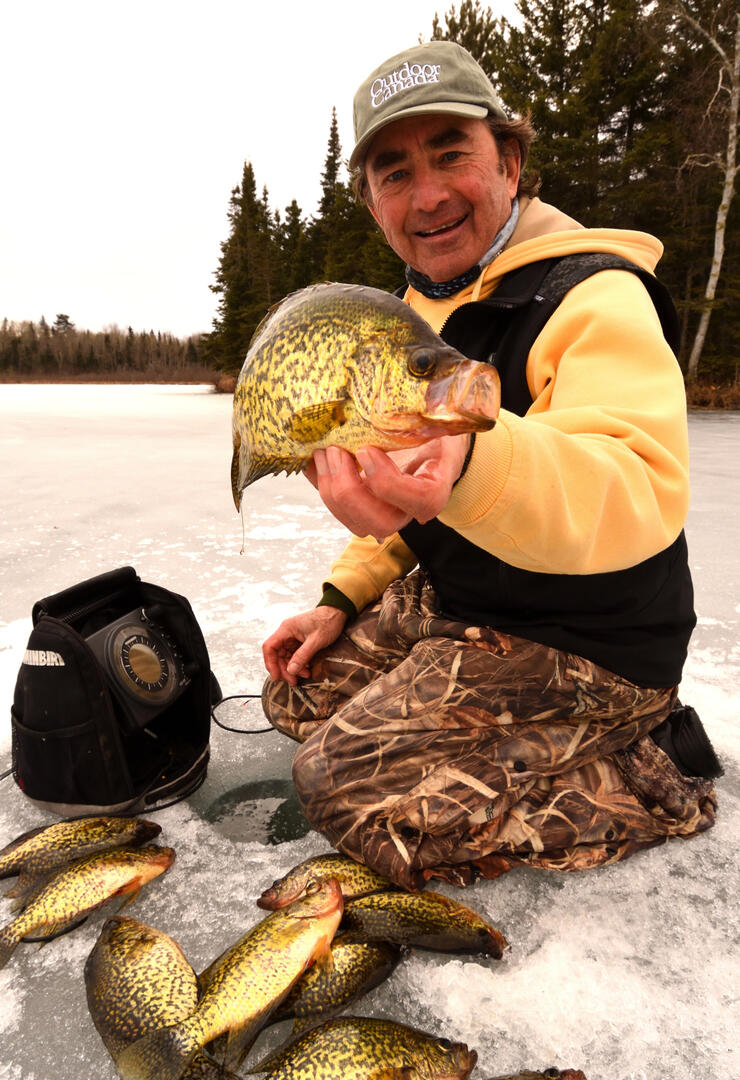
The combination has become one of my favourites for attracting and triggering black crappies and yellow perch to bite in the winter. The summer and fall, for that matter, too. But on this particular day, when I paused for what seemed like an interminable amount of time and shook the lure ever so gently, the crappies refused to open their mouths. I needed a change of tactics, and having been in the same situation before, I knew what I needed to do.
Go vertizontal.
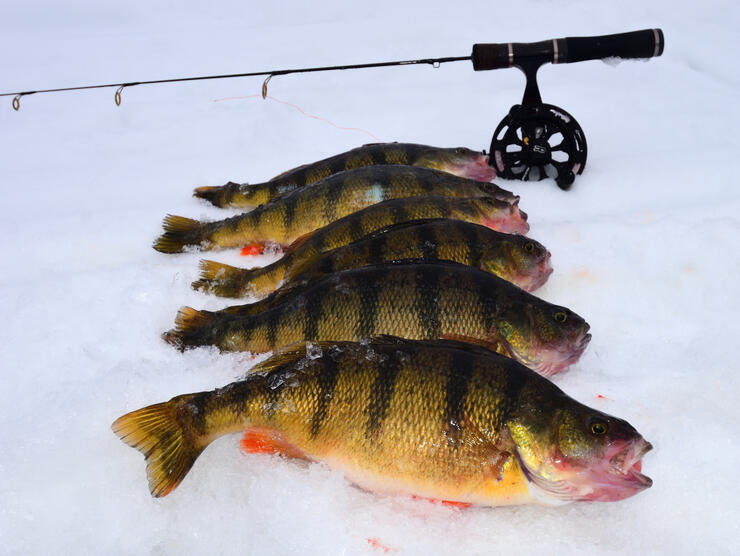
It is a technique I learned several years ago from then-reigning World Ice Fishing Champion Tony Boshold, who goes so far as to use interchangeable spring tips on the ends of his ice fishing rods so he can match the sponginess to the weight of his lures. Boshold contends that you achieve maximum sensitivity when your spring bobber is tilted down at a 30-degree angle.
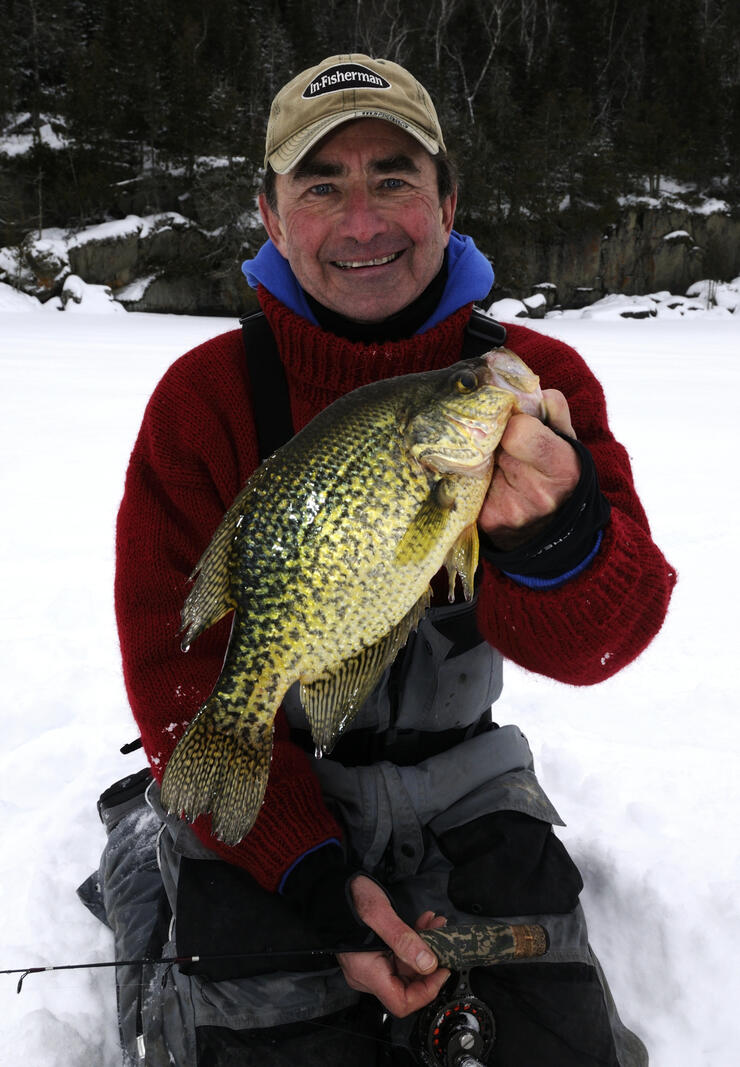
But, it is the unique vertizontal way that he attaches soft plastic dressings to his lures that has been a real winter game changer.
I've found it works best anytime you're using a spoon, especially the small teardrop-shaped ones favoured by so many ice anglers for nabbing slab crappies, jumbo perch, and big bull bluegills. Because the spoons hang vertically, when you attach a soft plastic dressing to the hooks, they simply droop down and extend the length of the presentations.
But, when you thread your soft plastic on horizontally, no further than the bend, it hangs parallel or horizontal to the bottom—shaped like an L—showing the fish something they've never seen before.
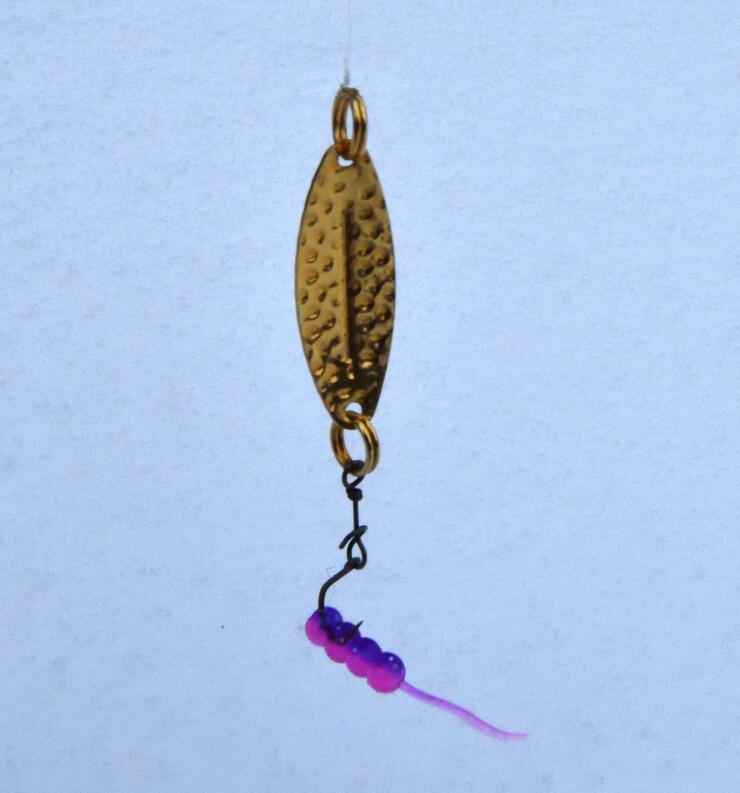
It is not only deadly, but it also results in almost 100 percent hook-ups.
It is worth highlighting, too, that when you attach a soft plastic trailer in the traditional manner and a fish misses it, it nearly always pulls it down, rendering it unattractive until you reel it in and rig it straight again.
Worse still, if a fish pulls it down, even the slightest amount, and you don't notice it, your lure will spin in circles. And if there is anything that turns off fish more quickly than a rotating lure, I don't know what it is. It is the reason single-action ice reels resembling fly reels have become such a hit with winter anglers.
In any event, it was like flipping a light switch as soon as I attached the Wiggle Fry vertizontally to my Williams Wabler. Indeed, jigging the spoon up and down created the flash, vibration, and visual stimulation that called the crappies up to the dinner table. Then the flickering tail of the soft plastic spike, rigged vertizontal, made them open their mouths and chew it up.
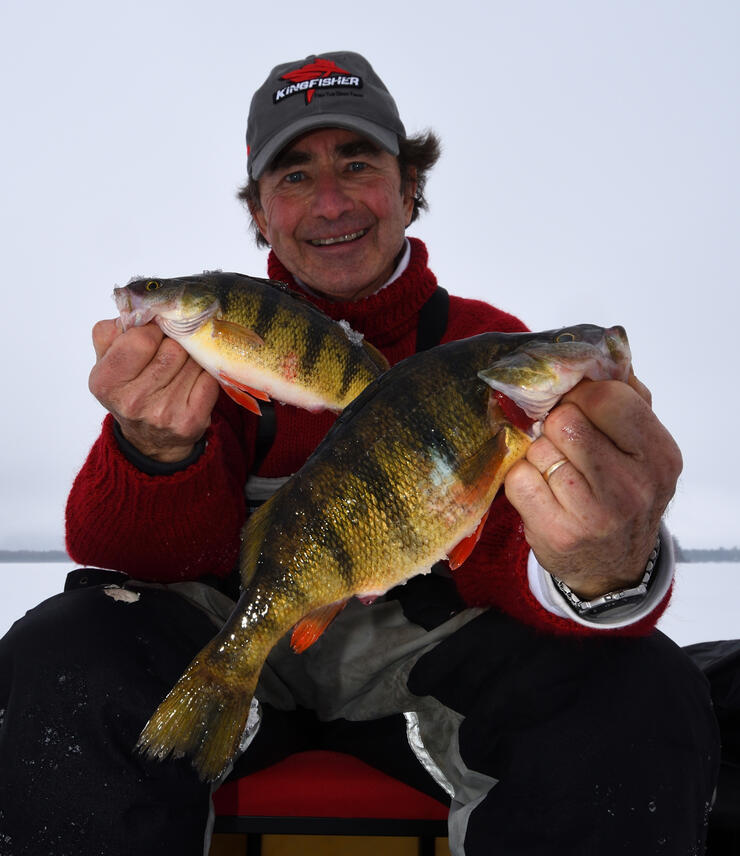
It is a sleight of hand that nearly always sees me leave the ice with a smile on my face!
Recommended Articles

Igniting the Spark

Eagle Lake Lodge: A Muskie Angler's Paradise
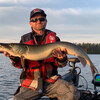
Setting Expectations
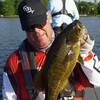
Lake of Bays fishing
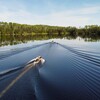
Leuenberger Air Service Is Your Ticket to Ontario's Best Fishing

Smallmouth At Lakair Lodge
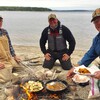
Lac Seul Lunkers
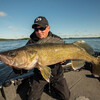
Eagle Lake Island Lodge

Pat’s Muskie Academy

Top 5 Baits for Smallmouth and Largemouth Bass

Finding Walleye Gold

Tama Kwa Vacationland

Warm Water Smallmouth

Ontario Carp Championship

Best WhiteFish Tactics

Salmon Fishing
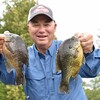
Fishing Big Rideau Lake
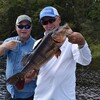
Polarized Sunglasses
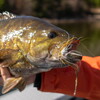
Multi-Species Fly-Fishing









